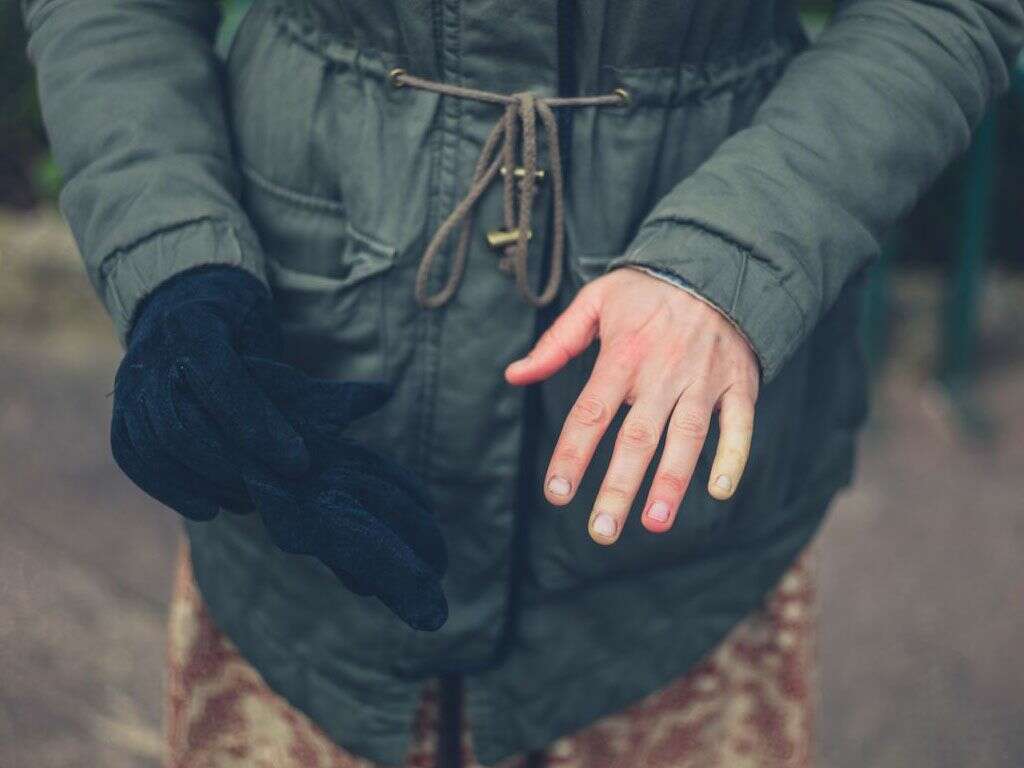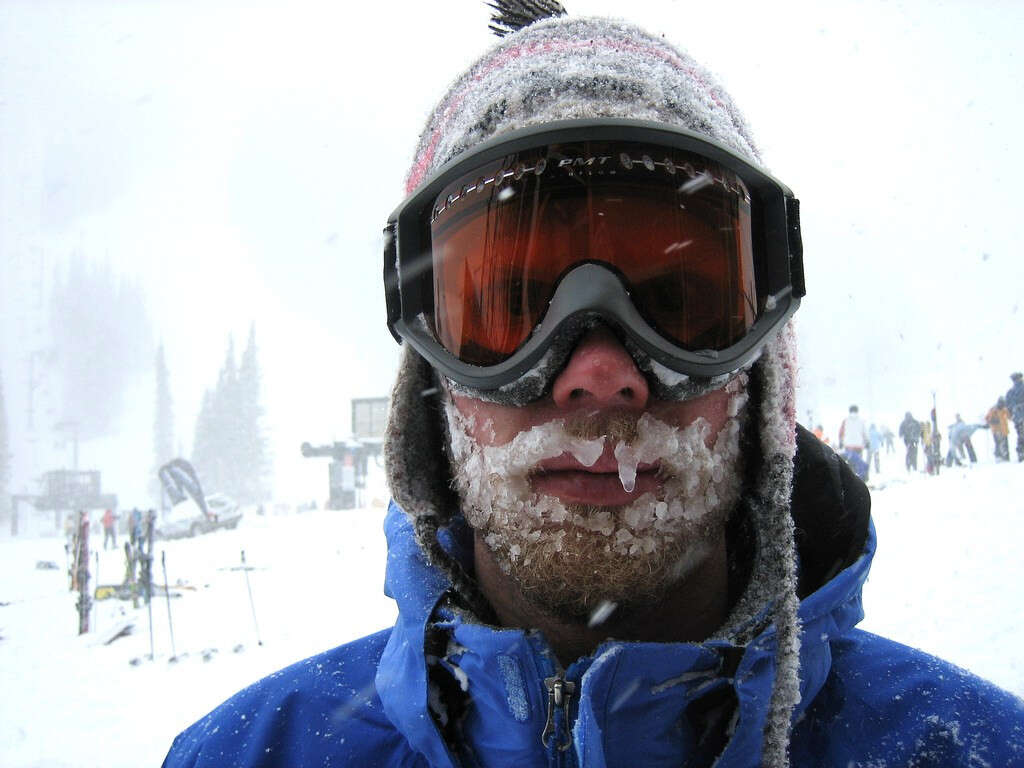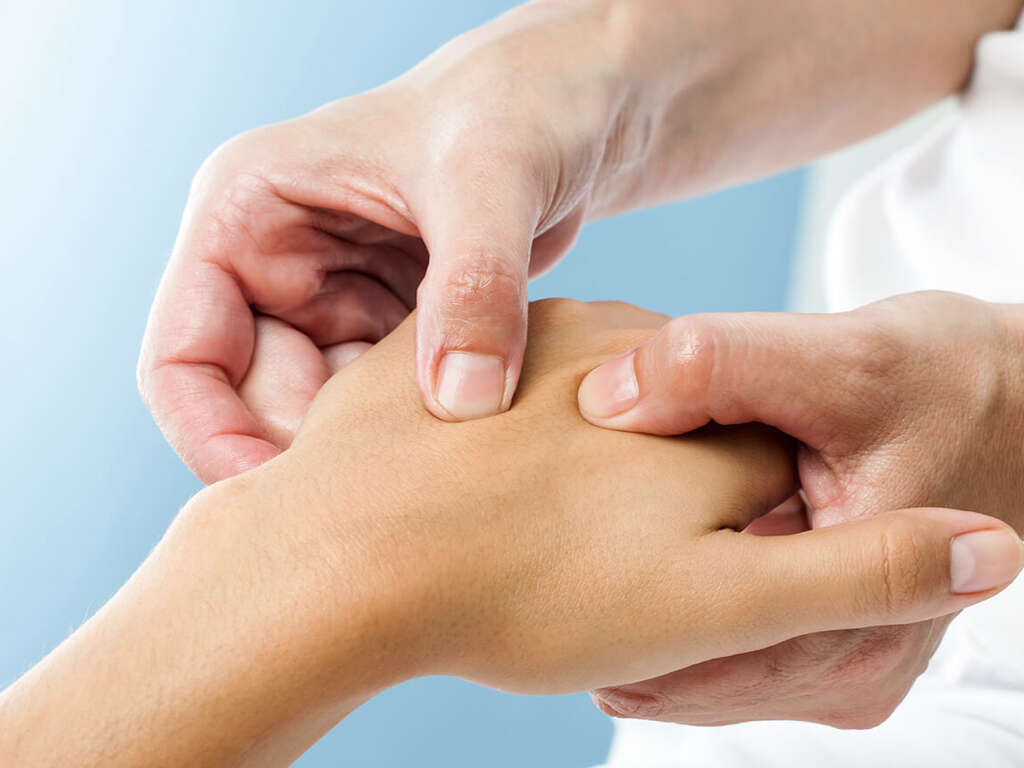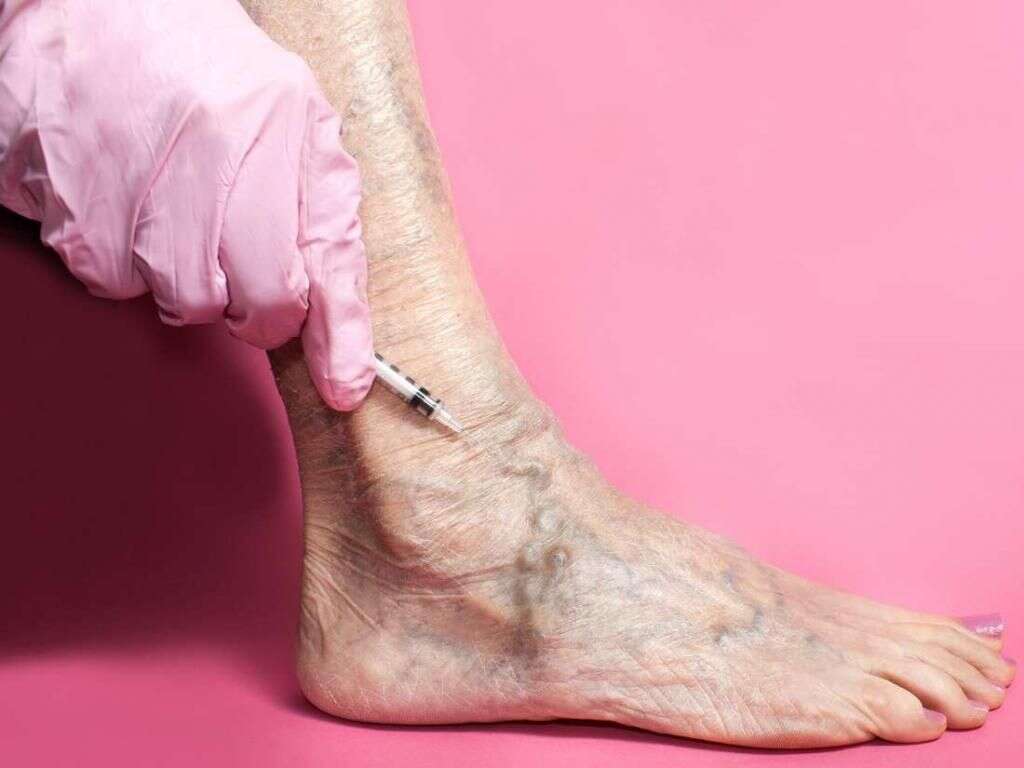10 Raynaud's Syndrome Symptoms
Raynaud’s syndrome (pronounced ray-NOHZ syndrome) is a condition that is most commonly known for the way that it causes parts of your body to become cold. The most commonly affected areas are the fingers and toes, but the syndrome can move on to other areas of the body. Some people also report that their fingers become numb.
Both the numbness and the coldness can be a response to external factors such as the temperature or high levels of stress. This is because some of the arteries that bring blood to the skin become thinner as a result of the condition, which negatively influences blood flow in these areas. This aspect of the condition is known as a vasoconstriction. Women are more likely to develop this condition than men are, and it’s more likely to affect people who live in colder areas than it is for those in warmer areas.
The condition can be treated in different ways, depending on how serious it is and what other health problems you are currently struggling with. Fortunately, the condition isn’t usually debilitating; however, it can have an adverse impact on the quality of your life. For example, people with Raynaud’s are likely to be much more hesitant to go out into cold weather. If you have a family history of Raynaud’s or have had the condition in the past, you are more likely to develop it again and should immediately seek treatment if you start experiencing symptoms again. If you experience sores or infections in one of the affected areas, you should also immediately seek treatment.
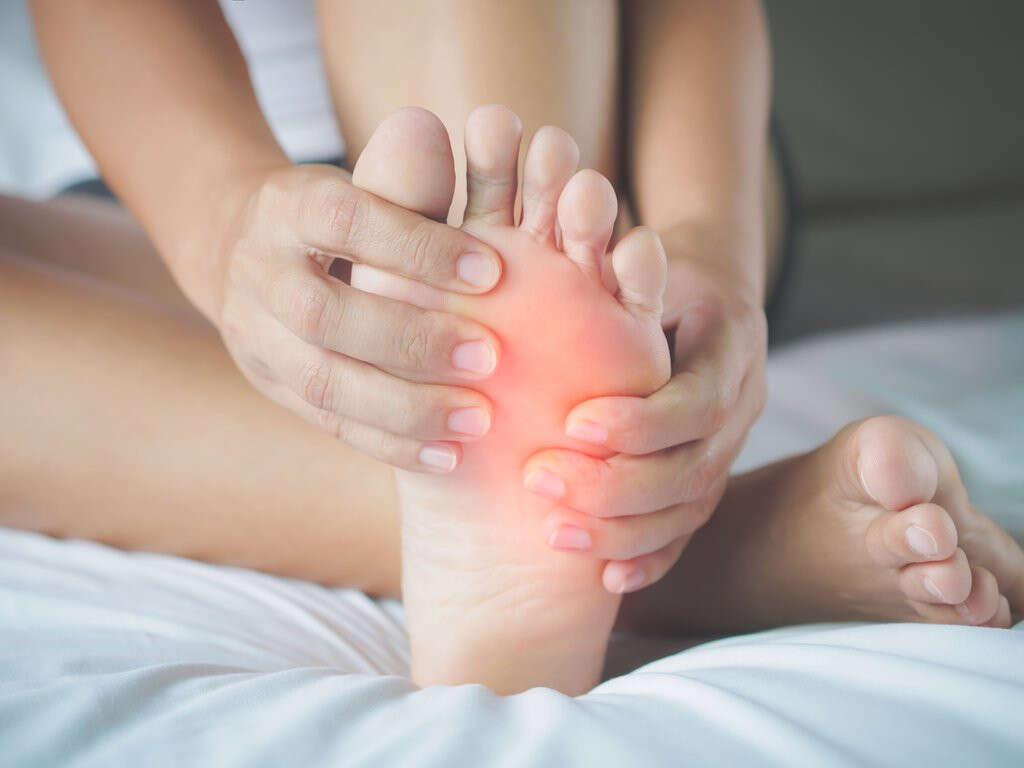
Symptom #1: Cold Fingers
One of the first and most prominent symptoms that people with Raynaud’s experience is cold fingers. The condition causes the arteries that bring blood to the extremities to tighten up, and this can lead to an extreme sensation of cold in the fingers. The cold is generally more intense when it’s actually cold outside or when you’re experiencing high levels of stress.
Aside from treatment, one of the best ways to manage your cold fingers are to layer up. Make sure you have a nice pair of gloves, and don’t worry if people think you’re strange for wearing gloves during the warmer months. If you feel the need to, do it!
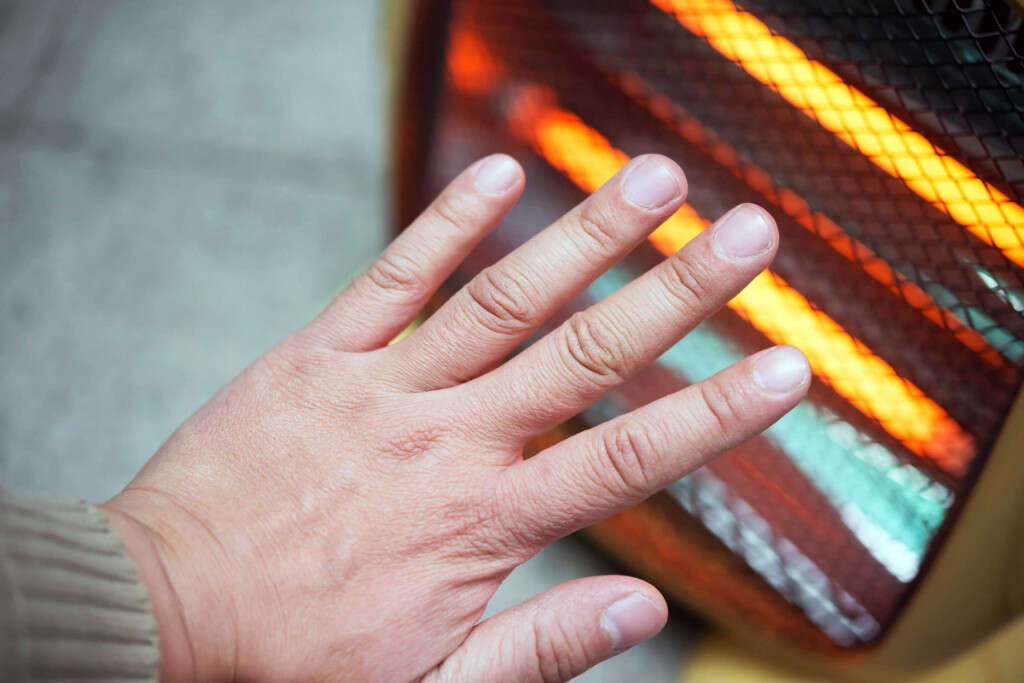
Symptom #2: White or Pale Skin
Another interesting symptom that can occur in patients with Raynaud’s syndrome is a whitening of the skin. The skin in areas affected by the condition—the places that feel very cold, like the fingers—will often become noticeably white and very pale. This can be unsettling for some people.
Fortunately, these areas are usually easy to cover up. If your fingers become white and you’re worried about their appearance, you can simply wear gloves until you’re able to get treatment.
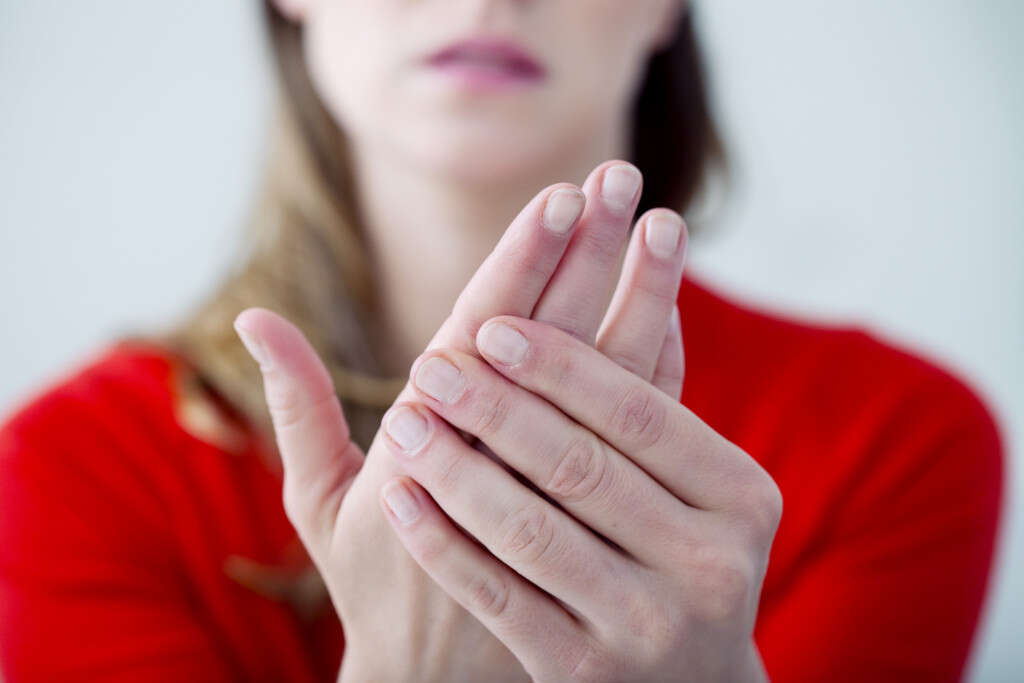
Symptom #3: Cold Toes
Another area most commonly affected by Raynaud’s syndrome is the toes. The extremities of the body are furthest from the heart and require the most effort to pump blood to properly. It makes sense that these areas are the first to lose heat and the ones most affected by Raynaud’s syndrome.
Fortunately, the toes are also one of the easiest areas to protect from cold. Using thick wool socks or foot warmers can be helpful. Do not double up on socks as this can cause further constriction of the blood vessels.
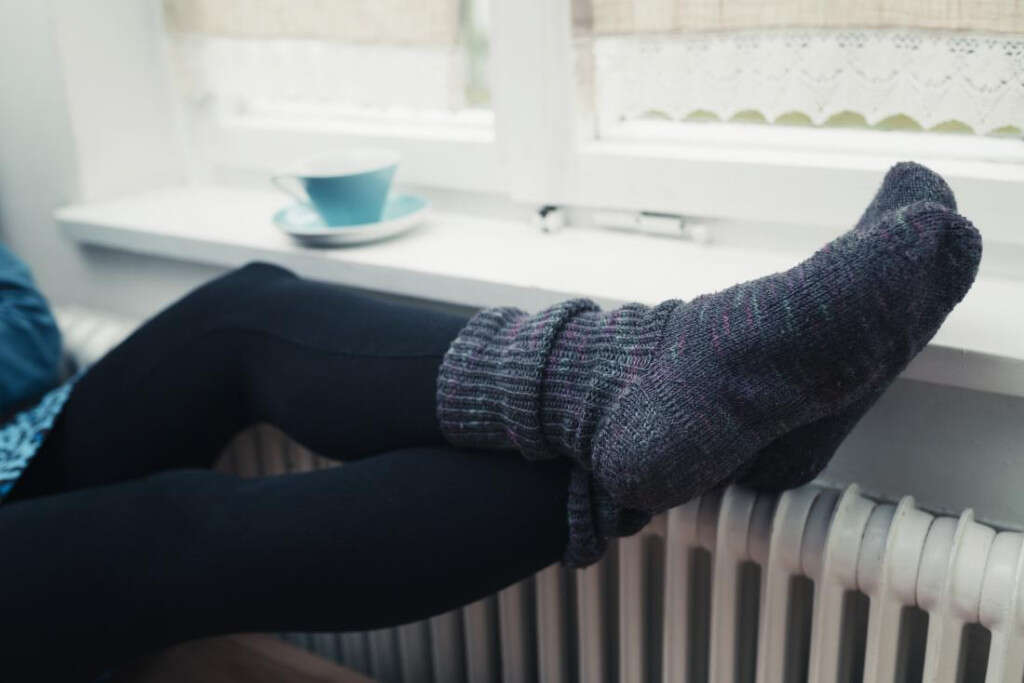
Symptom #4: Blue Skin
Raynaud’s syndrome is known for causing several different color changes in the skin. The skin could turn either blue or white as one of the first responses to cold temperature. This color change occurs because of the blood coming away from the skin.
Typically one finger will be affected first and then the other fingers will follow but the thumb often is not involved. Color changes will usually last about 20 minutes until the blood returns to the fingers. Again, the easiest way to manage this is to take precautions to avoid becoming cold. Wear gloves and an extra pair of socks to keep your extremities warm.
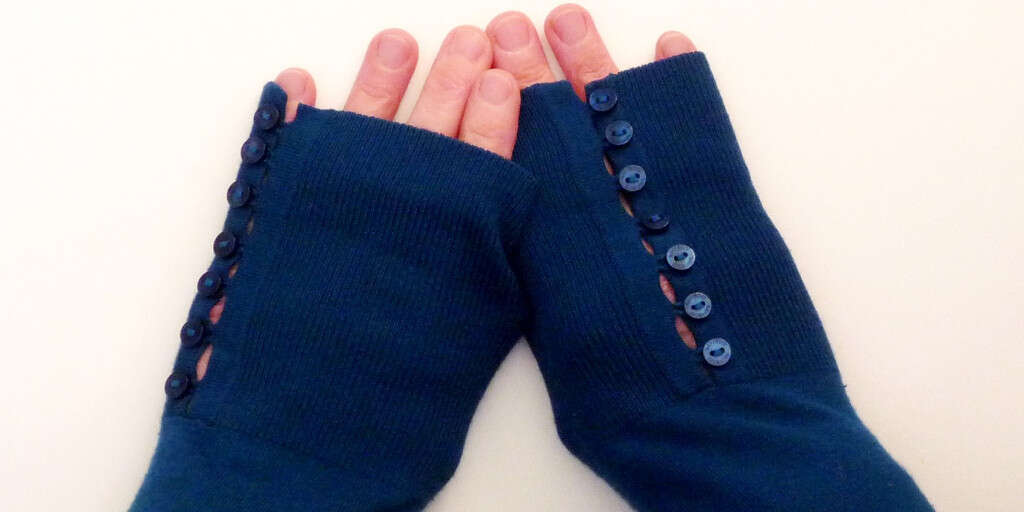
Symptom #5: Numbness
Another thing that patients with Raynaud’s often experience is numbness. Numbness is a fairly common thing to experience when you’re extremely cold, and since patients with Raynaud’s often become very cold even if the temperature is not that extreme, they are also prone to numbness.
Combat numbness by preventing yourself from becoming too cold in the first place. It’s not just important to keep your hands and feet warm, but to wear warm clothes to retain core heat.
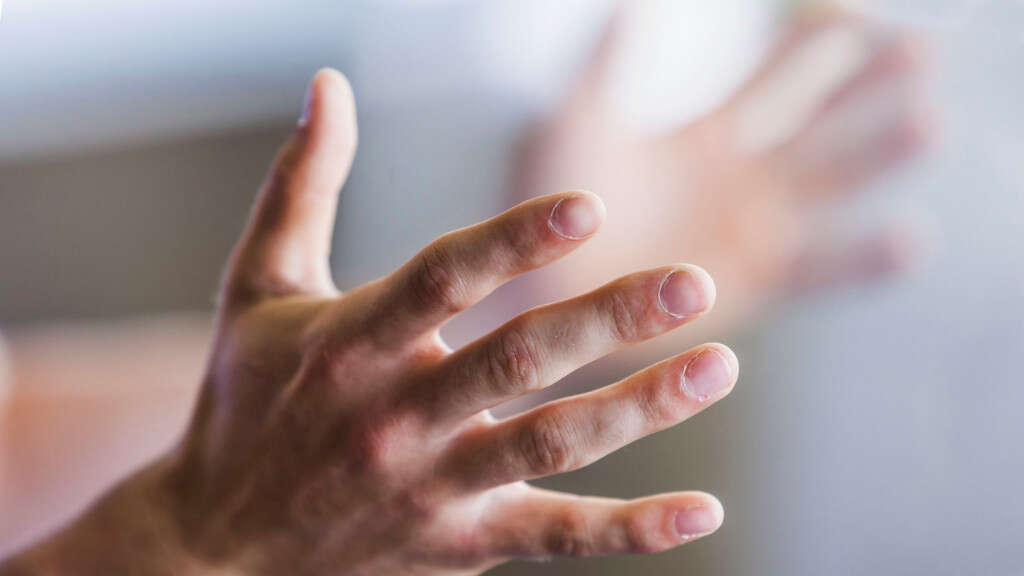
Symptom #6: Hypoxia
The term hypoxia (hypo-oxygen) implies that not enough oxygen is getting to the tissues in these areas.
This is one of the reasons that the areas become numb. Patients with Raynaud’s may also experience muscle fatigue in these areas.
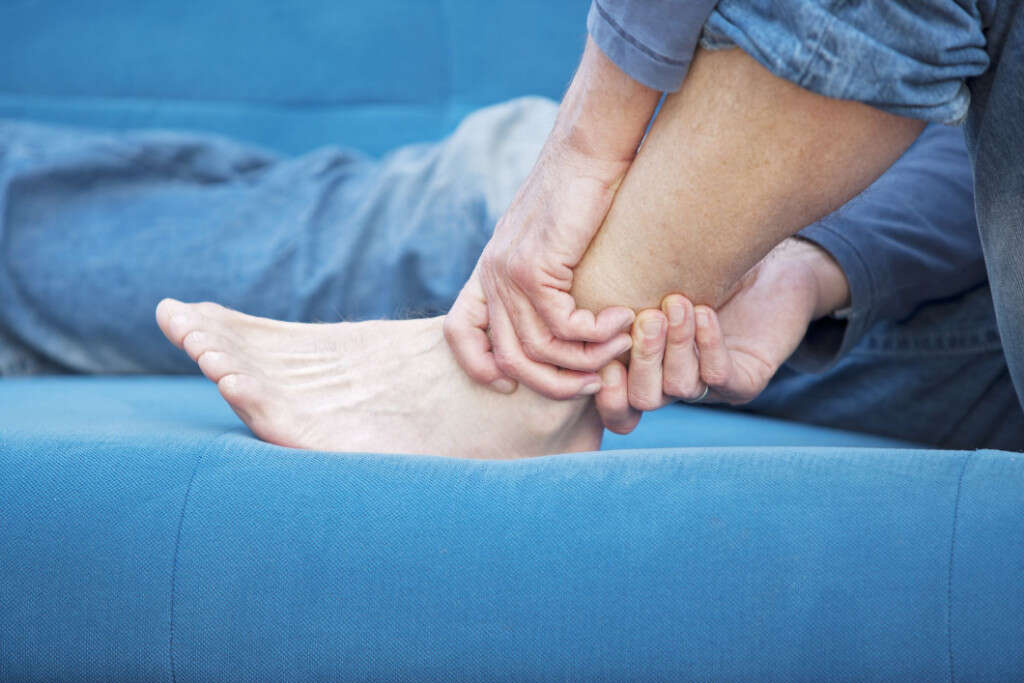
Symptom #7: Tingling
Tingling and pins and needles occurs along side numbness due to the constricting of the blood vessels and subsequent less blood to the area.
These symptoms can be mild to severe.
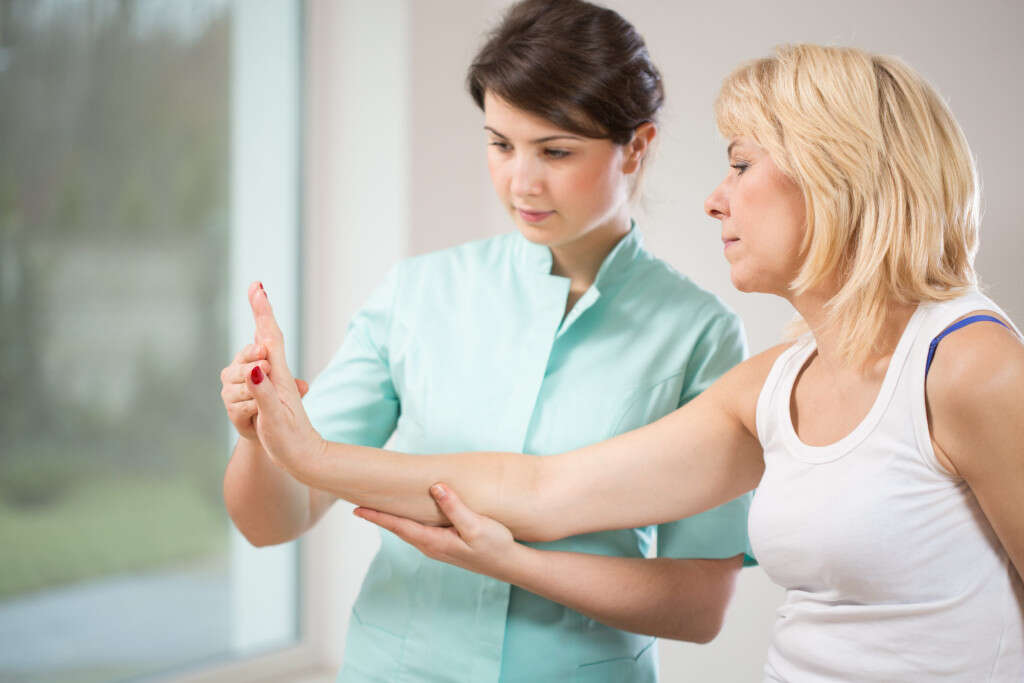
Symptom #8: Red Flushing
If you have experienced a whitening of the skin or have blue skin in the areas where you’re cold, then you might expect another change of color once you begin to warm up. This is because these areas tend to flush red when blood rushes back into them.
This is no cause for alarm, but can be a bit unsettling if you’re not expecting it.

Symptom #9: Cold Lips, Nose, and Ears
While Raynaud’s generally affects the toes and fingers, it’s possible that people will experience coldness in their nose, their lips, and their ears.
These are all areas that are generally affected quickly by cold weather and it makes sense that Raynaud’s would also affect these areas. Some women also report that they experience coldness on their nipples.

Symptom #10: Throbbing Pain
If your hands or toes have been cold for an extended period of time, then it might not be entirely comfortable when blood rushes back into these areas as they warm up.
Many people report that they experience a dull, throbbing pain when sensation begins to return to the area.





